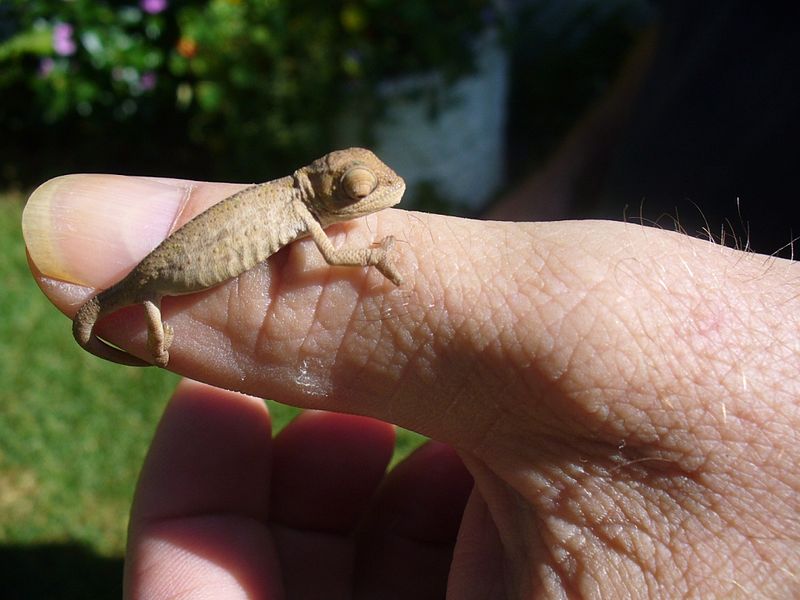
Category Archives: Field studies and notes
Feed SubscriptionRecent Field Research – Reptile and Amphibian Feeding Observations
 Many interesting field research reports are published in professional journals such as Copeia, Herpetologica and Herpetological Review, and are not available on the internet. From time to time I’ll provide summaries of some of the fascinating articles that I come across. Today’s report, drawn from Autumn, 2010 publications, covers observations of free-living snakes, turtles and caimans.
Many interesting field research reports are published in professional journals such as Copeia, Herpetologica and Herpetological Review, and are not available on the internet. From time to time I’ll provide summaries of some of the fascinating articles that I come across. Today’s report, drawn from Autumn, 2010 publications, covers observations of free-living snakes, turtles and caimans.
Giant Meals…even for snakes!
Snakes are “big meal specialists”, but rarely consume animals larger than themselves. However, a Southern Toad and a Spadefoot Toad, swallowed by different Eastern Hog-nosed Snakes, Heterodon platyrinos, each outweighed the snake by several grams! Read More »
Invasive Species News pt 2- African Rock Pythons may be Breeding in Florida
 A recent article in the journal IRCF Reptiles and Amphibians (V17, 1) provides evidence that the African Rock Python (Northern African Python, Python sebae), may have established a breeding population in southern Florida. The huge constrictors are adapted to take small antelopes and other large animals, and have been killed and consumed people in their native habitat.
A recent article in the journal IRCF Reptiles and Amphibians (V17, 1) provides evidence that the African Rock Python (Northern African Python, Python sebae), may have established a breeding population in southern Florida. The huge constrictors are adapted to take small antelopes and other large animals, and have been killed and consumed people in their native habitat.
Florida’s Introduced Constrictors
At least 45 species of non-native reptiles and amphibians have established breeding populations in Florida; many others have been observed but are not known to be reproducing. Among these are 2 of the world’s largest snakes, the Burmese Python and the Boa Constrictor. Other large constrictors, including the Green Anaconda, Yellow Anaconda and White-Lipped Python, have been found at large in Florida. Read More »
Treating Sick and Injured Emperor Scorpions
Reptile and amphibian keepers know how hard it is to find veterinary care for their pets, but those who keep scorpions face even greater difficulties. I found one or two vets willing to experiment while working at the Bronx Zoo, but in private practice your options are just about non-existent. What little we do know has resulted from trial and error, and is constantly evolving.
Pre-dating the dinosaurs, scorpions are a hardy lot, and rarely present us with health problems (at least any that we can identify). Spiders are a bit more prone to illness and injury, and some fine work has been done by private keepers (virtually none by vets, however). Much of what follows is drawn from conversations with spider keepers, and from my own and others experiments in scorpion health care. In this regard, Sam Marshall’s chapter on spider first aid in his fine book Tarantulas and Other Arachnids is a must read for scorpion fans. Read More »
How Snakes Lost Their Legs – New Technology Offers Some Answers
Pythons and boas bear small spurs, used by males during courtship, near the cloaca (please see photo). These vestigial legs provide us with evidence that snakes may once have walked about on 4 limbs, but until recently we could only speculate as to further details. However, new technology has now enabled us to fill in some of the blanks, and may offer insights into other creatures that seem to be “losing their legs”, such as Worm Lizards and Sirens.
Snake Ancestors
Utilizing a developing technology known as Synchrotron-Radiation Computed Laminography, researchers at the Paris Museum of Natural History were able to microscopically examine snake fossils in new detail. They concluded that swimming or burrowing lizards were the most likely ancestors of modern-day snakes. Read More »
 That Reptile Blog – Reptile, Amphibian and Exotic Pet Care and Information
That Reptile Blog – Reptile, Amphibian and Exotic Pet Care and Information
